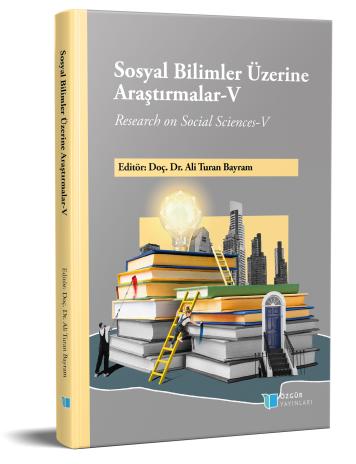
The Deictic Traces in the Text Dependent Uses of Turkish Demonstrative Adjectives
Chapter from the book:
Bayram,
A.
T.
(ed.)
2023.
Research on Social Sciences- V.
Synopsis
According to the criterion of whether the referent is linguistically textualized or not in the universe of discourse, the usages of modern Turkish demonstratives can roughly be divided into the text dependent use and the non-text dependent use. Also, according to the criterion of repetition or deletion of the antecendent noun, the text dependent use of the demonstratives can further be subdivided into the anaphoric use and the non-anaphoric use. This study primarily focuses on some deictic properties preserved in the usage of the (text dependent) non-anaphoric bu, which are specific to the non-text dependent use, and reveals that all instances of the non-anaphoric bu can be treated as an intermediate form between the non-text dependent use and the anaphoric use, which is closer to the non-text dependent use. The following are the points argued in the text: (i) the non-anaphoric bu has the property of asymmetry which cannot be observed for the non-anaphoric o, (ii) the distribution of bu may vary depending on whether the referent is treated from the common perspective of the speaker and the hearer or not, (iii) o is a distance-sensitive demonstrative while bu is not, (iv) the difference between bu and o mentioned in (iii) can be explained by Balpınar's (2012) concept of controllability, (v) a referent is always accessible for the writer/reader as long as it remains within the controllable domain of the writer/reader. In this sense, it serves as a visual/situational referent reflecting the topic of the text. Besides, on the basis of the observations in (i)-(v), this study suggests that the non-anaphoric demonstrative bu has stronger deictic properties compared to the non-anaphoric o, and this account can be regarded as a consequence of the reflection of the deictic properties seen in the non-text dependent use on the (text dependent) non-anaphoric use.

